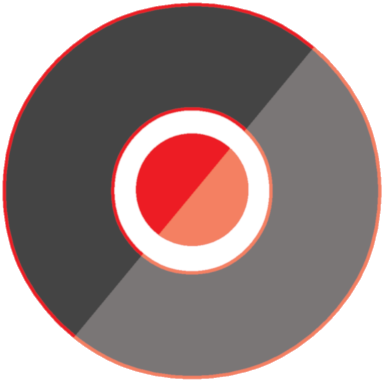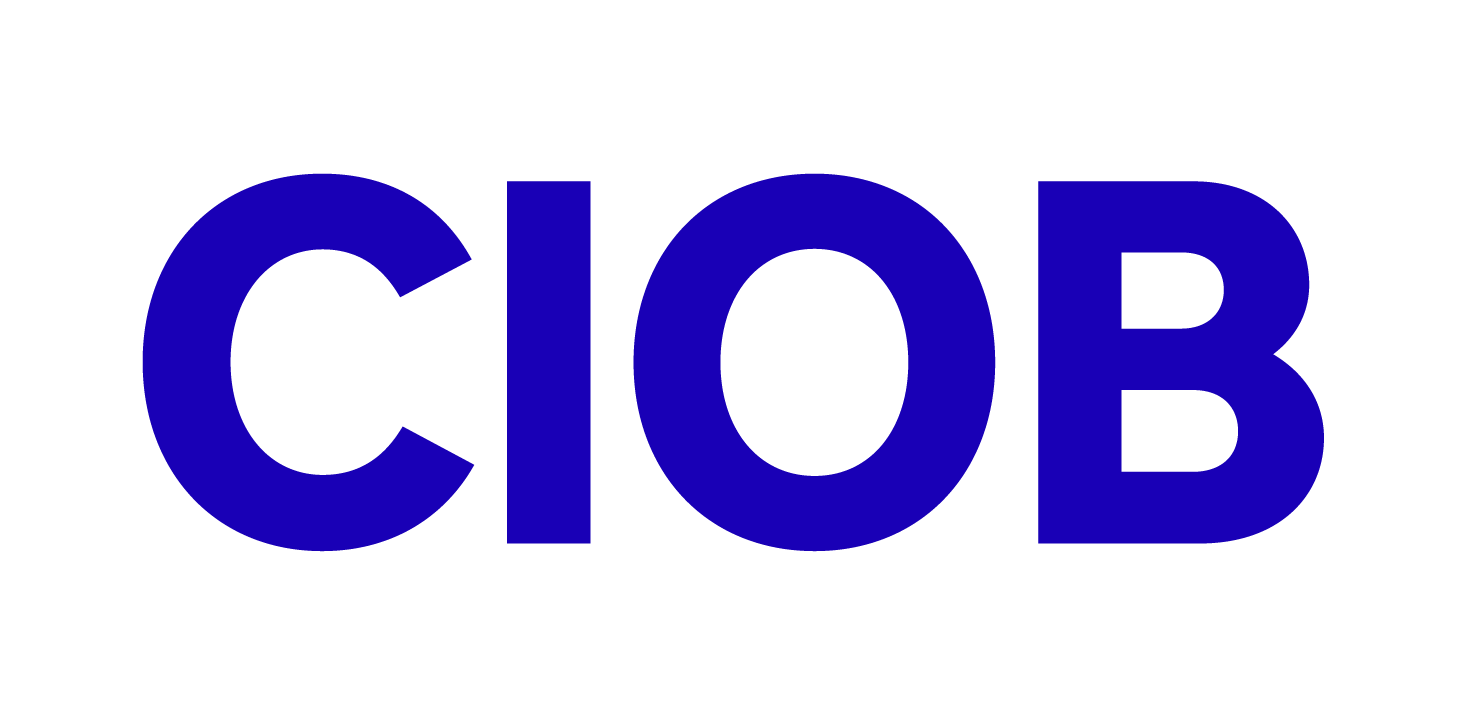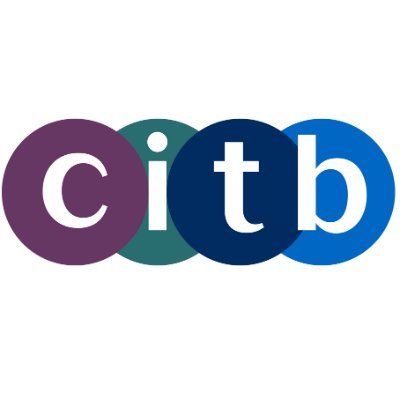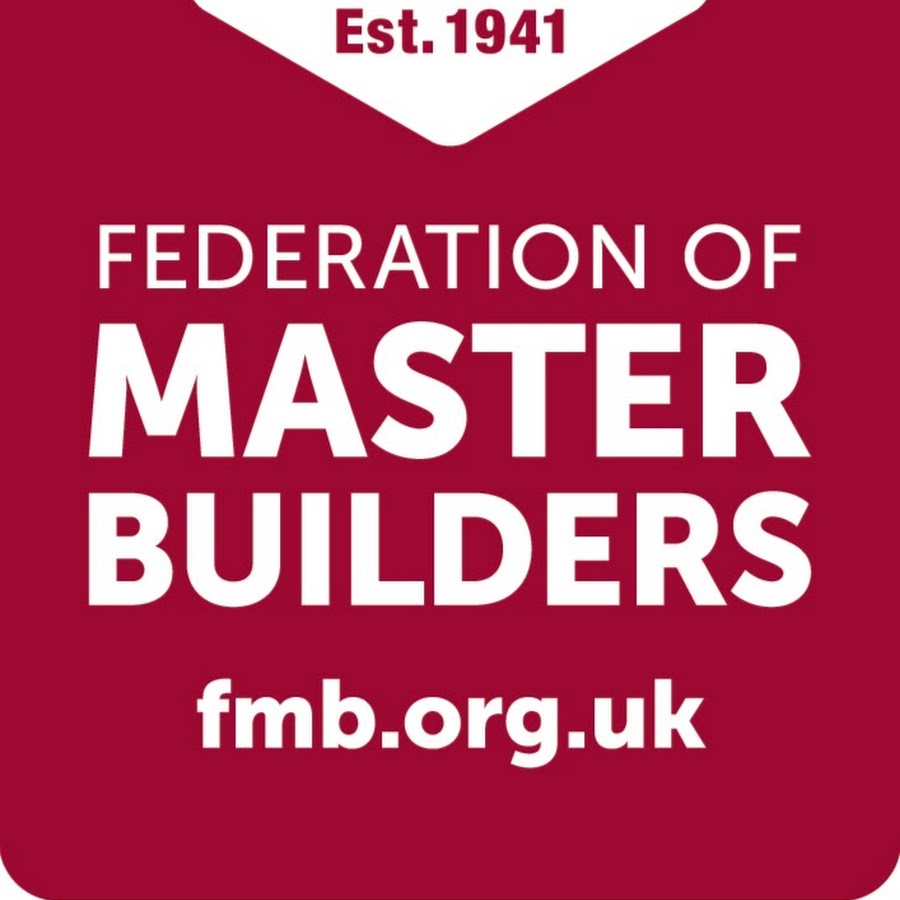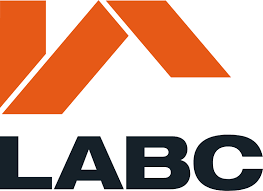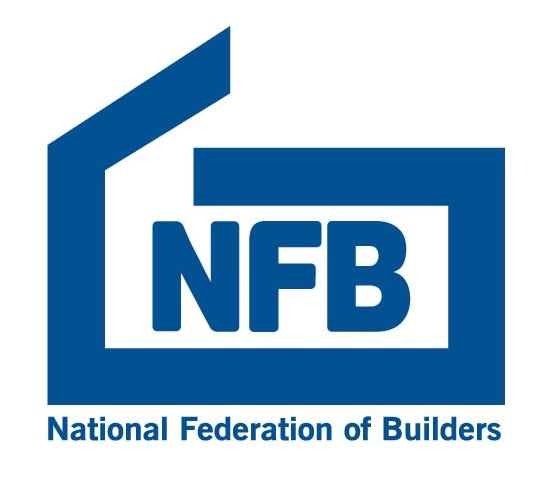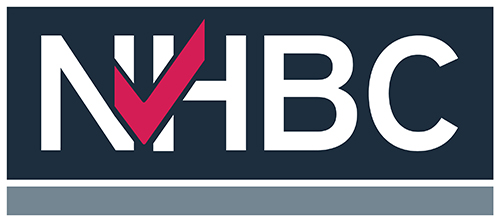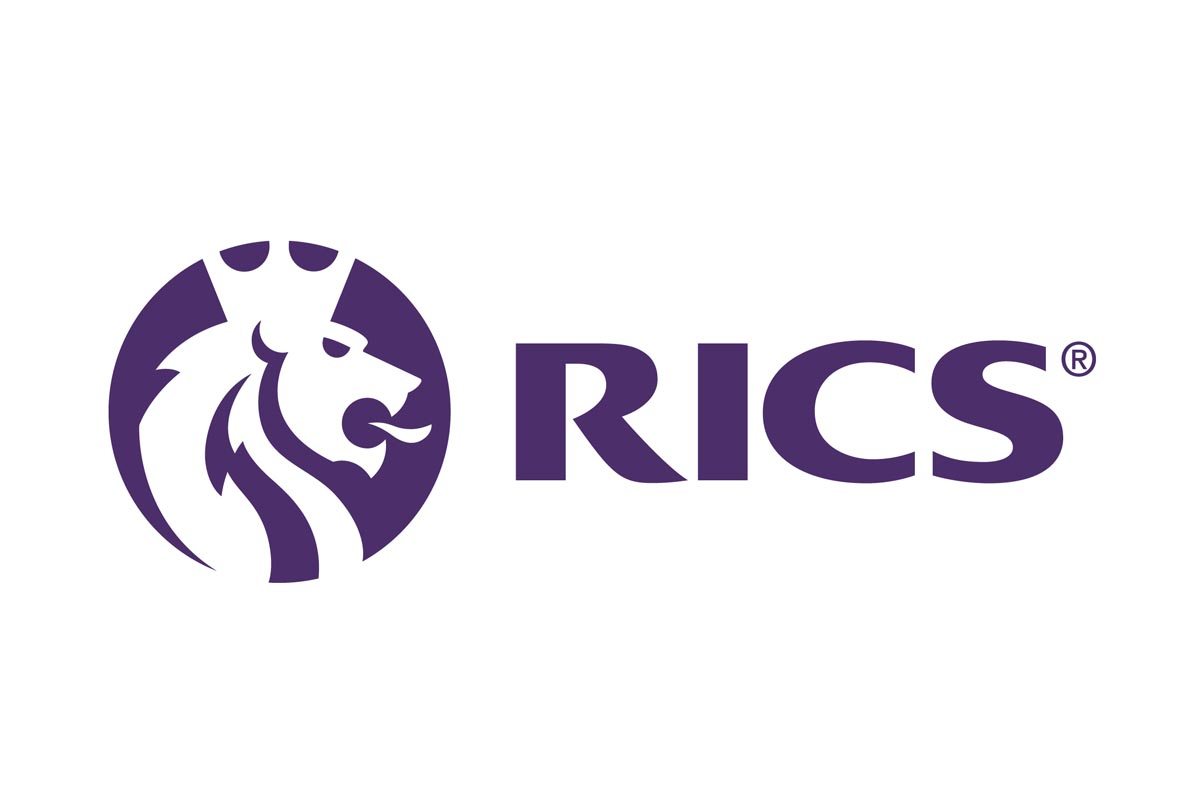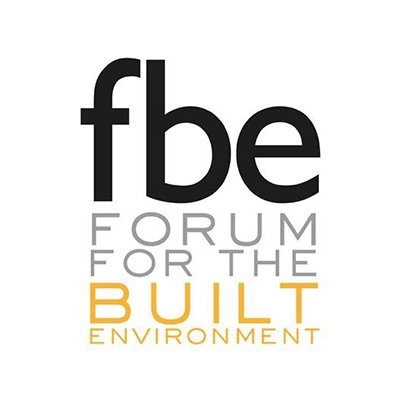“Curiouser and curiouser!” Cried Alice

This month Martyn Jones challenges us to be “curiouser” and “curiouser”. To channel the relentless curiosity of our four-year-old selves – now often buried deep within us – to ask those never-ending “Why?” questions. And “How?”, “What?”, “When?”, “Where”, and “Who?” too.
To be curiouser and curiouser about why so many of us still stick to the traditional operating system and price competitive tendering? Why are we commissioning buildings now that will require retrofitting within ten years? Or, why in a recent LeadersMeets survey, we scored our level of trust at just 5/10.
We need to be more curious about the future of our cities and towns, and how we design and build them so that they are more liveable, quieter, safer, healthier, more friendly, walkable, bikeable, and greener. Curiouser and curiouser about the nature of the materials and processes we use to create the built environment. And about our strengths and the areas for change and improvement.
And more curious still about our future and the opportunities and challenges presented by the new Digital paradigm, and whether its effect on us will be more impactful and more beneficial than any of the previous five paradigm shifts.
Is there a business case for curiosity? Well, most of the breakthrough discoveries and remarkable inventions and innovations throughout history – from flints for starting a fire to self-driving cars – have something in common, they are the result of curiosity.
When our curiosity is triggered, we think more deeply and rationally about decisions and come up with more-creative solutions. It helps us to read and adapt to uncertain market and wider conditions and seek out opportunities.
And some observers reckon it leads to more learning and hence more innovative, more adaptable, and higher-performing organisations. With heightened curiosity organisations are more likely to perform better as they share information more openly and listen more carefully. They can work together more effectively and seamlessly, conflicts are more creative than heated, leading to better results.
Curiosity encourages us to put ourselves in other peoples’ shoes and take an interest in the ideas of others rather than focus only on our own perspectives. The empathy generated, which is closely related to curiosity, inspires more-trusting relationships, integration, and collaboration.
And here’s another benefit: Curiosity generates alternatives and we are less likely to fall prey both to confirmation bias (looking for information that supports our beliefs rather than for evidence suggesting we are wrong), and the stereotyping of people and roles.
How then can we become more curious? First, by stopping crushing curiosity and actively shift to promoting it. Here are some suggested strategies that we can deploy.
We can hire for curiosity by recruiting “T-shaped” people: People, of course, with the deep skills that allow them to contribute to the creative process (the vertical stroke of the T) but also with a predisposition for collaboration across disciplines, a quality requiring empathy and curiosity (the horizontal stroke of the T).
Clients and their advisors can take a wider more innovative industry perspective by appointing more curious consultants, main and specialist contractors and suppliers. And leaders across our supply chains can model curiosity by being inquisitive themselves and by approaching issues with curiosity rather than expediency, habit, or tradition.
We can emphasize the importance of learning (developing competence, acquiring skills, changing behaviours, mastering new situations, and so on) by framing work around them rather than direct performance goals (such as focusing on lowest price and blaming others).
We can encourage people to explore and broaden their interests and foster their curiosity: Giving time and resources to tackling head on the reluctance of some leaders to invest in employee learning for fear that they will jump ship to a competitor taking their expensively acquired knowledge and skills with them.
And how about having “Why?” “What if…?” and “How might we…?” days at pivotal points in the design of buildings and production planning? Presenting opportunities. Including time, to ask “Why is this so?” to get to the heart of issues.
In most organisations, project teams and supply chains, we often receive the implicit message that asking such questions is an unwanted challenge to convention and authority, adding risk to already risky construction projects, and in doing so giving credence to the proverb that “curiosity killed the cat”.
Of course, there can be dangers in unnecessary investigation and experimentation, but maintaining a sense of curiosity is crucial to the fresh thinking and creativity that we now need, and the most effective leaders look for ways to nurture curiosity to unlock discovery, learning, and innovation.

